Look Back in Anger? The TV Tech Review of 2010
Look Back in Anger? The TV Tech Review of 2010
John Archer reviews the TV tech of 2010, and finds a near-bewildering mix of unprecedented innovation and performance highs and lows.
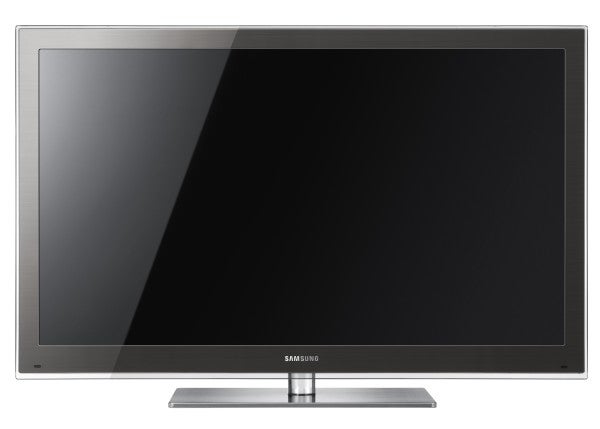
Verdict
As we first sat down to get some perspective on the really quite ridiculous amount of water that’s gone under the AV bridge this year, we expected to conclude our discussions and marinations feeling pretty chipper. But actually, once we’d properly digested everything, it was hard to shake a feeling of slight disappointment. Or at best, uncertainty.
This annoyed us, because if there’s one thing we hate it’s the ‘trend’ for industry commentators/AV websites to be miserable cynics all the time. We at TrustedReviews make no bones about the fact that we love technology, and are endlessly excited by it.
However, in looking over 2010’s TV and projector technology as a whole, it seemed to us that for once, maybe the AV world had innovated too much. It felt as if the TV brands had tried to introduce so much new stuff that they’d ended up fumbling some of it.
Or perhaps a better way of looking at it would be to say that some of the innovations have felt a bit rushed, as if a desire to compete in one of the toughest economical years in modern memory has led to a desperate charge to rush things to market even when they’re not quite ready.
Actually, on reflection we and other journalists have to shoulder a little blame for this, as we’re always the first to whinge if we find a particular TV lacking a hot new feature, thereby feeding the industry paranoia.
Not that there’s any point us feeling guilty about this, though. It’s really just a side effect of the ridiculously fast pace of today’s Internet-driven world. So in keeping with that ethos, let’s put the pontificating aside now and get down to the business of reliving the highs and lows of what we believe will be considered a real watershed year in AV technology.
So far as we’re concerned, 2010 was distinguished by having no less than four major separate lines of technological innovation: online TV systems, Freeview HD, and LED backlighting and 3D.
Obviously, two of these ‘innovations’, online TV systems and LED lighting, didn’t make their full debuts in 2010. But 2010 was, crucially, the year they both went mainstream, going from being expensive premium tech found on only a handful of flagship TVs – or half-formed ‘toe-dippers’ – into fully formed, dominant technologies at affordable prices.
Let’s focus first on the most striking, potentially most revolutionary and certainly most heavily hyped innovation: 3D.
Although 3D has popped up regularly at tech shows for years, it was only in 2010 that it suddenly exploded – chiefly on account of a system being developed that allowed 3D to be delivered with a full HD resolution rather than with a much reduced resolution as was the case previously.
That system involves delivering alternate frames of full HD pictures to each eye, rather than presenting two ‘stereoscopic’ images on screen simultaneously. And there’s no doubt that this approach suddenly brings 3D kicking and screaming into the 21st century, thanks to its potential for delivering truly mouthwatering and immersive results.
For yes, we really do actually like 3D. When it’s done right, it can not only increase your immersion in certain types of source material, but it can actually enhance your appreciation and understanding of what you’re watching. Especially as the new HD 3D system can make 3D worlds look so detailed and crisp.
The problem for us is that 3D just wasn’t ‘done right’ nearly enough throughout 2010.
One problem was the stupidly short-sighted decision by some film-makers to simply post-master films shot in 2D into 3D, rather than shooting them from the start with 3D in mind. The results – Alice In Wonderland, for instance, and especially Clash of the Titans – were mostly an ugly looking, unnatural pseudo-3D mess.
An even bigger problem, though, was the now infamous issue of crosstalk on the first generation of 3D TVs. Every single LCD TV we saw that used alternate frame HD 3D technology suffered to some extent with this issue, which finds some objects in 3D pictures suffering with double ghosting. This means 3D pictures can look out of focus and makes 3D viewing tiring, as your eyes continually try to refocus the ghosting go away. For us, this is a really serious problem that hugely undermines 3D’s enjoyability and success in the home, and is something the TV makers need to get their heads round for 2011.
Thankfully for 3D, though, while LCD TVs struggled with 3D in 2010, plasma models made a much more convincing fist of it. All the plasma models we saw suffered much less with crosstalk than the LCD models, with Panasonic’s 3D plasmas hardly suffering with it at all. This made plasma 3D’s greatest ally in 2010.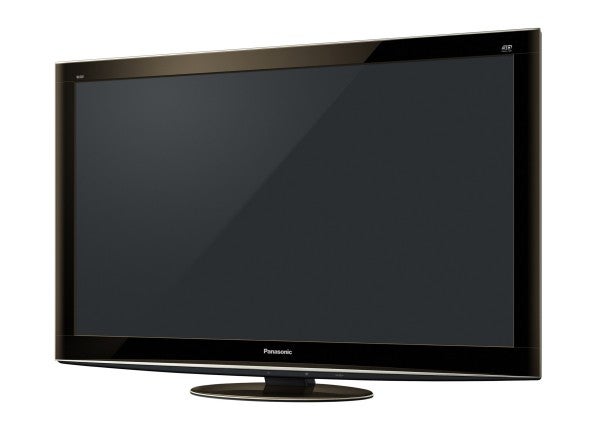
There was a catch, though, namely that plasma TVs struggled to deliver 3D with as much vibrancy and colour richness as their LCD counterparts. So there’s still plenty for the plasma brands to work on in 2011, too.
Other issues presenting a block to 3D’s widespread adoption in 2010 were the cost of the necessary active shutter glasses you need for HD 3D (usually £100 each), the fact that you have to wear glasses at all, the premium pricing of many 3D TVs, and the frankly stupid decision to have almost every one of the first swathe of 3D Blu-ray film releases only available as exclusive ‘bundles’ with different brands of 3D electronics.
Arguably, the single biggest success story where 3D is concerned was Sky’s 3D channel. For while this doesn’t play for many hours yet, is very repeat-heavy, and doesn’t deliver Full-HD 3D, much of its content – original and third party – is both impressively well shot and focussed on content that genuinely benefits from a 3D treatment. Um, apart from darts.
A potentially interesting side-note to Sky’s bullishness about 3D is that it keeps open a small window of hope for passive 3D technology – as in, 3D tech that puts pictures side by side on the screen simultaneously with reduced resolution. 2010 saw only one passive set aimed at homes, LG’s 47LD950. But while this struggled with 3D Blu-rays, it actually felt very natural with Sky’s 3D footage, and can be used with simple, electronics-free glasses that cost peanuts. Plus, of course, it’s the 3D TV tech preferred for pubs and clubs wanting to put on Sky 3D sporting events. So it will be very interesting to see if further attempts are made to push passive 3D TVs into homes in 2011.
With 3D exciting in principal but often letting us down in practice, you could argue that the biggest game-changer of 2010 was actually something much more straightforward: Freeview HD.
Working with cutting-edge tech every day as we do, it’s easy to forget that there are still millions of people in the UK who have no HD sources whatsoever – who’ve never even seen HD in action, in fact. 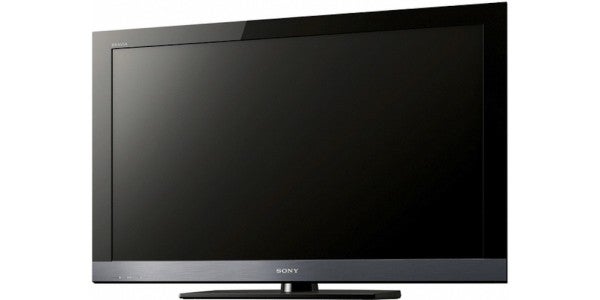
So the sudden introduction in March (by the Sony KDL-40EX503) of built-in tuners capable of receiving subscription-free HD channels through, in most cases, your existing aerial made such brilliant mass-market sense that within mere weeks we’d started to expect Freeview HD tuners as standard on all but the cheapest TVs.
To be honest, the extent to which Freeview HD took off caught us by surprise, despite it working well from the off and making so much sense. And we weren’t alone; Philips, sadly, took something of a bath in 2010 by failing to include Freeview HD in any of its TV range, meaning we always had something negative to say about what tended to otherwise be mighty fine TVs.
But the fact remains that aside from needing more HD content and needing more control/consistency where picture quality is concerned, Freeview HD is arguably the only completely successful technology launch of 2010 (as long as you’re in an area offering coverage – ed).
Certainly this can’t be said of the sudden rise to world domination of LED lighting in TVs. It surprises us to be saying that given this we’ve long supported LED over CCFL LCD, but it’s impossible to ignore the fact that a disturbing number of LED-lit TVs in 2010 left us feeling cold.
The main reason for this is something that became almost an obsession by the end of the year: backlight inconsistency. Far too many LED-lit TVs, such as Toshiba’s recently reviewed 32SL738, suffered with obvious, distracting issues where some parts of the picture looked brighter than others during dark scenes. Yeuch.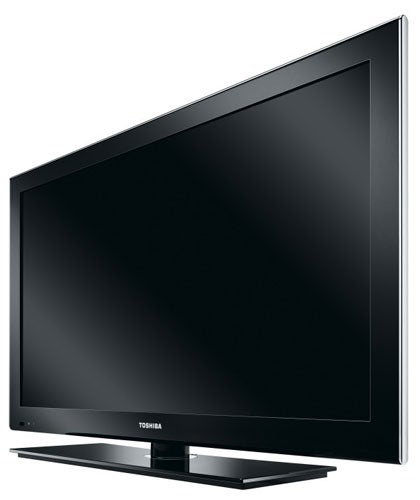
It should be said that the backlight consistency issue we’re talking about is pretty much exclusive to edge LED technology. Screens using direct LED lighting (where the lights sit right behind the screen rather than around its edge) fare much better – especially as most direct LED sets have made big strides towards avoiding the haloing effect seen with the first direct LED TVs. Shame, then, that direct LED TVs are still being positioned as premium (aka expensive!) models.
It should also be said that not all edge LED TVs have suffered badly with backlight inconsistencies, and that edge LED lighting has proven able to deliver some good strengths too, including extra brightness and rich colours.
However, overall the surge in edge LED lighting in TVs has arguably led to a step back in the quality of the flat TV world as a whole, especially at the reasonably priced end of the market. Here’s hoping most brands really start addressing this issue if they persevere with edge LED lighting in 2011.
Similarly able to frustrate and elate at the same time were 2010’s online TV features. These took off spectacularly after a quite start in 2009, but while we embraced some of the 2010 online fare with open arms, other aspects of the burgeoning online TV world failed to inspire.
The biggest single problem was a universal lack of quality control. Every brand got caught up in the classic ‘numbers game’, where just compiling as long a list as possible of service providers took over from any sensible appraisal of what worked in an online TV environment and what didn’t.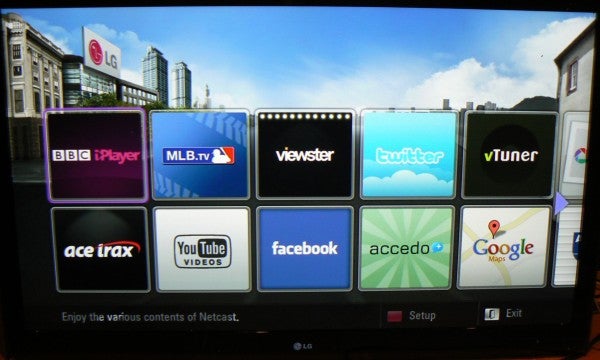
It didn’t help that the rush to pile on the list of content providers quickly led to almost every 2010 online TV interface starting to look overwhelmed by what it was having to deal with.
The biggest winner in online terms was Sony, which turned its frankly pathetic 2009 AppliCast system into the really quite impressive Bravia Internet Video platform in a single mighty leap. BIV understands that for now, at least, video content is king when it comes to watching online content on a TV, serving up a cornucopia of video content for your delectation. Some of this is excellent – BBC iPlayer, Demand 5, LoveFilm – some of it less so. But it’s hard to see how anyone could feel less than impressed at what Sony has delivered without, in most cases, charging you extra for it.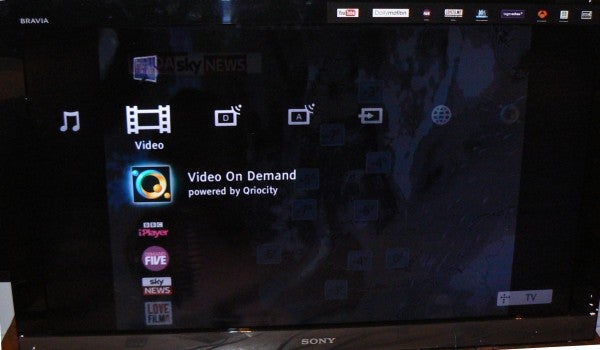
Philips also notably ruffled a few feathers by persisting with its policy of providing open Internet browsing on its TVs. Plus it did a content sharing deal with Sharp and Loewe which flew in the face of the ‘every man for himself’ approach most brands seem to be adopting to online TV functionality.
Samsung deserves a mention, too, for making big strides into applying an obviously ‘app’-based approach to online TV functionality. The Korean brand’s efforts in this area arguably made it the most guilty of the ‘quantity over quality’ and faffy operating systems gripes we mentioned earlier, but actually we suspect the basic Samsung Internet@TV model may well be adopted in a refined form by others before 2011 is out.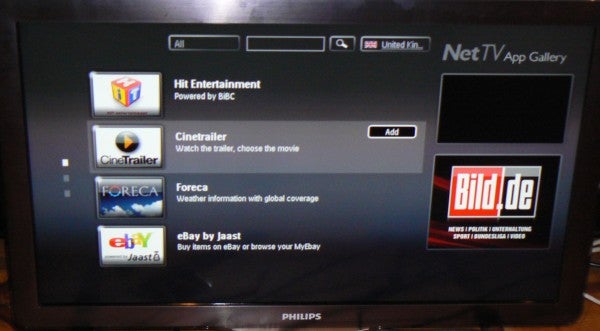
One intriguing element of the various online systems launched in 2010 is their pay per view content. Philips, Panasonic, Sony and LG all include content on their online platforms that you have to pay for, so it will be interesting to see if these turn into genuine revenue makers in 2011, or if TV viewers continue to resist the idea of paying for something that they don’t ever physically hold in their hands.
So busy was everyone keeping up with the ‘big four’ TV tech features of 2010 we’ve just been through that a few other potentially handy developments struggled to make the impact they might otherwise have enjoyed. Most TV brands really went a bundle on multimedia playback options, for instance, handling a variety of file codecs via USB or DLNA LAN connection. A few also introduced Wi-Fi for their multimedia systems, though more often than not this required stumping up extra for an external Wi-Fi dongle.
Most brands introduced some sort of integrated video recording abilities on some of their TVs too, be it to internal hard disc or USB storage devices. Though again, in many cases this felt like a poorly integrated afterthought rather than something that a typical user would easily and regularly use.
The combi TV enjoyed something of a revival too, with numerous small TVs carrying built-in DVD players, and Sony even offering sets with built-in Blu-ray players (one of which we’ll be reviewing in the next couple of days).
But we want to wrap up with an honourable mention of what we believe is the most criminally overlooked innovation of the year: Sharp’s QuadPixel or ‘Quattron’ technology. The idea of adding a fourth ‘sub-pixel’ to LCD’s usual red, green and blue array is a stroke of genius in our eyes, genuinely and immediately contributing something substantial to the world of TV picture quality. 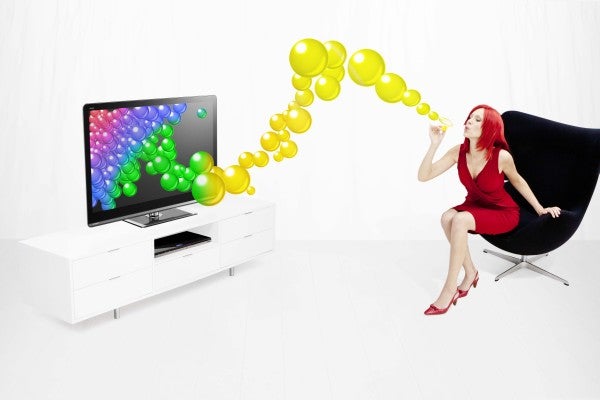
The fact that Sharp launched Quattron at exactly the same time 3D started stealing all the headlines together with weaknesses with other areas of Sharp’s LCD performance stopped Quattron taking hold as much as it ought to have done. But we sincerely hope Sharp perseveres with the technology in 2011.
So that’s it. Doubtless we’ve missed one or two things out you think should have been included here, or you disagree with us about the relative importance of some of the highlights we’ve focussed on. But one thing we can surely all agree on is that 2010 really has been a massive year in terms of TV tech, and has hopefully paved the way towards a truly spectacular 2011.
How we test televisions
We test every TV we review thoroughly over an extended period of time. We use industry standard tests to compare features properly. We’ll always tell you what we find. We never, ever, accept money to review a product.

